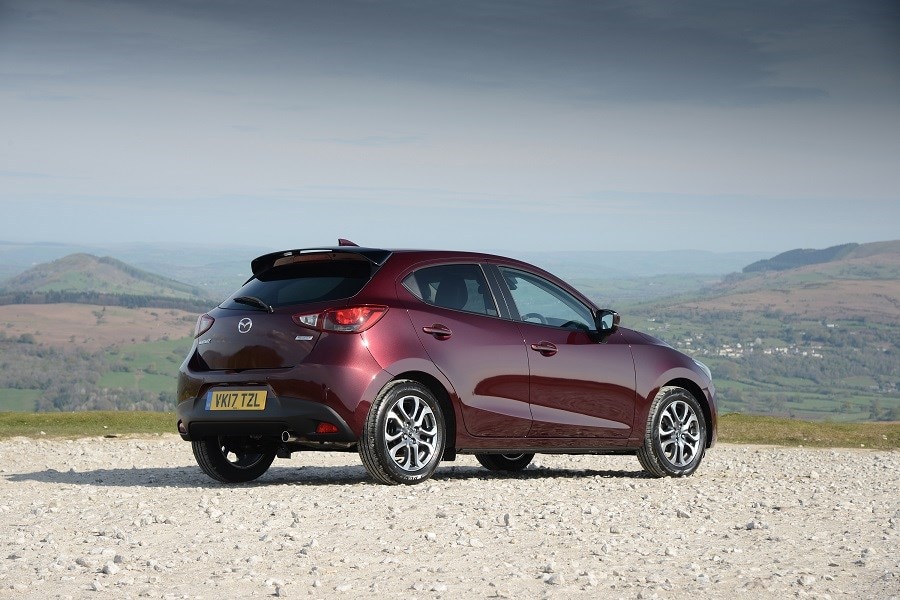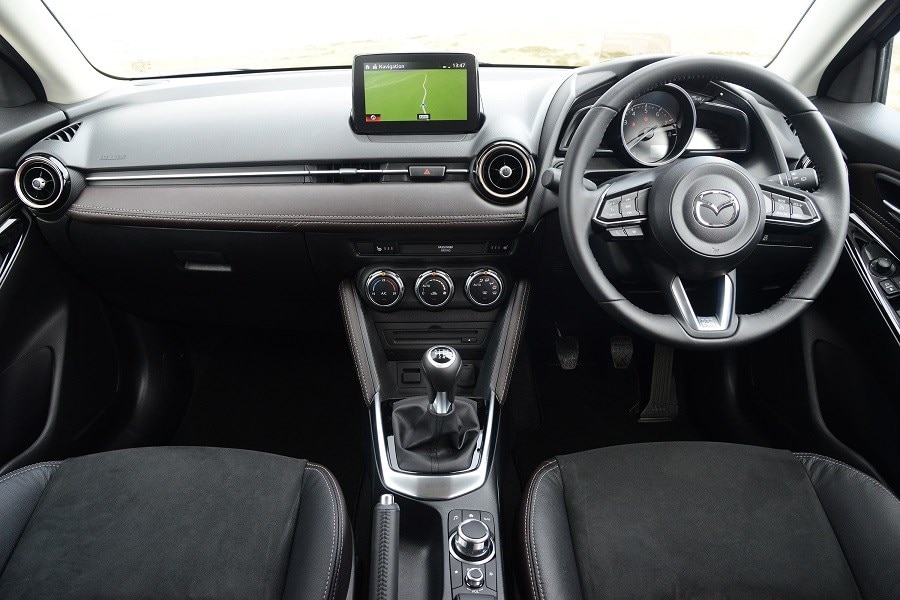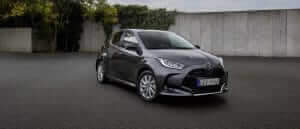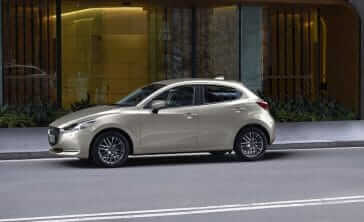Latest model
The current Mazda2 made its debut as the Mazda Hazumi concept car at the 2014 Geneva Motor Show, with front end styling that would set the precedent for the rest of the firm’s passenger cars over the next generation.
The production model appeared that summer, with the overall lines largely unchanged from the Hazumi. Now that Mazda is no longer owned by Ford, the car is built on a scaled down Mazda CX-5 platform, which makes it longer and wider than the last generation 2, yet somehow less spacious, with worse leg and headroom—something that Mazda says is to do with making the 2 a driver-focused package above anything else.
It’s certainly an entertaining drive, much more so than quite a few of the superminis on the market today. However, driving dynamics aren’t the be-all and end-all for supermini buyers, which makes the 2 a more appealing prospect for singles and couples rather than those who use a supermini as a second car.
Value for money
With prices starting just shy of £14,000, the Mazda2 looks expensive on paper but in reality, it’s not that drastic. The entry-level car is just as well-equipped as most mid-range rivals.
With profit margins on small cars being much tighter than on big ones, this isn’t as daft a strategy as it might seem, as there’s no point making dealers compete in an area of the market where they won’t make money.
Furthermore, the engine range is fuel efficient and tax efficient which, when coupled to the decent spec levels, means the Mazda 2 is a better value proposition than it first appears.
Looks and image
Here’s where the Mazda 2 plays its trump card. It might not be as practical or versatile as many of its rivals, but its lithe good looks, which are close to those of the original 2014 concept car, mean it’s by far one of the best looking superminis on the market.
The handsome, low slung lines are matched by a cabin that clearly draws inspiration from the MX-5 sports car, with a three-spoke sports steering wheel and purposeful round air vents and dials. Higher spec models also get stitched leather trim across the interior fascia, which adds a premium feel that’s absent from many other small cars on the road.
A Mazda might not be the default choice of supermini, but for image conscious buyers, it’s an intelligent choice and one that will reward you the more time you spend appreciating its design detailing.





